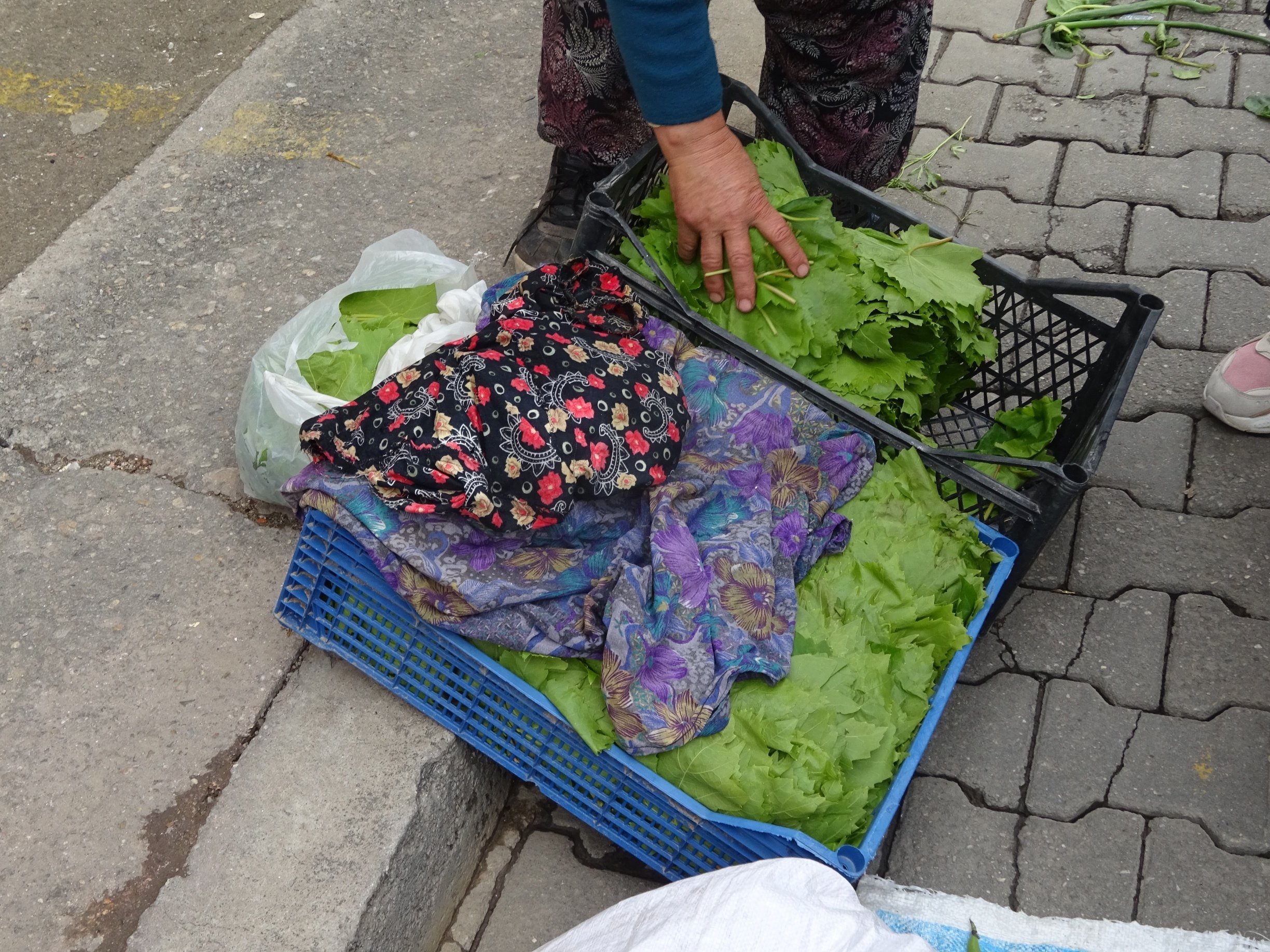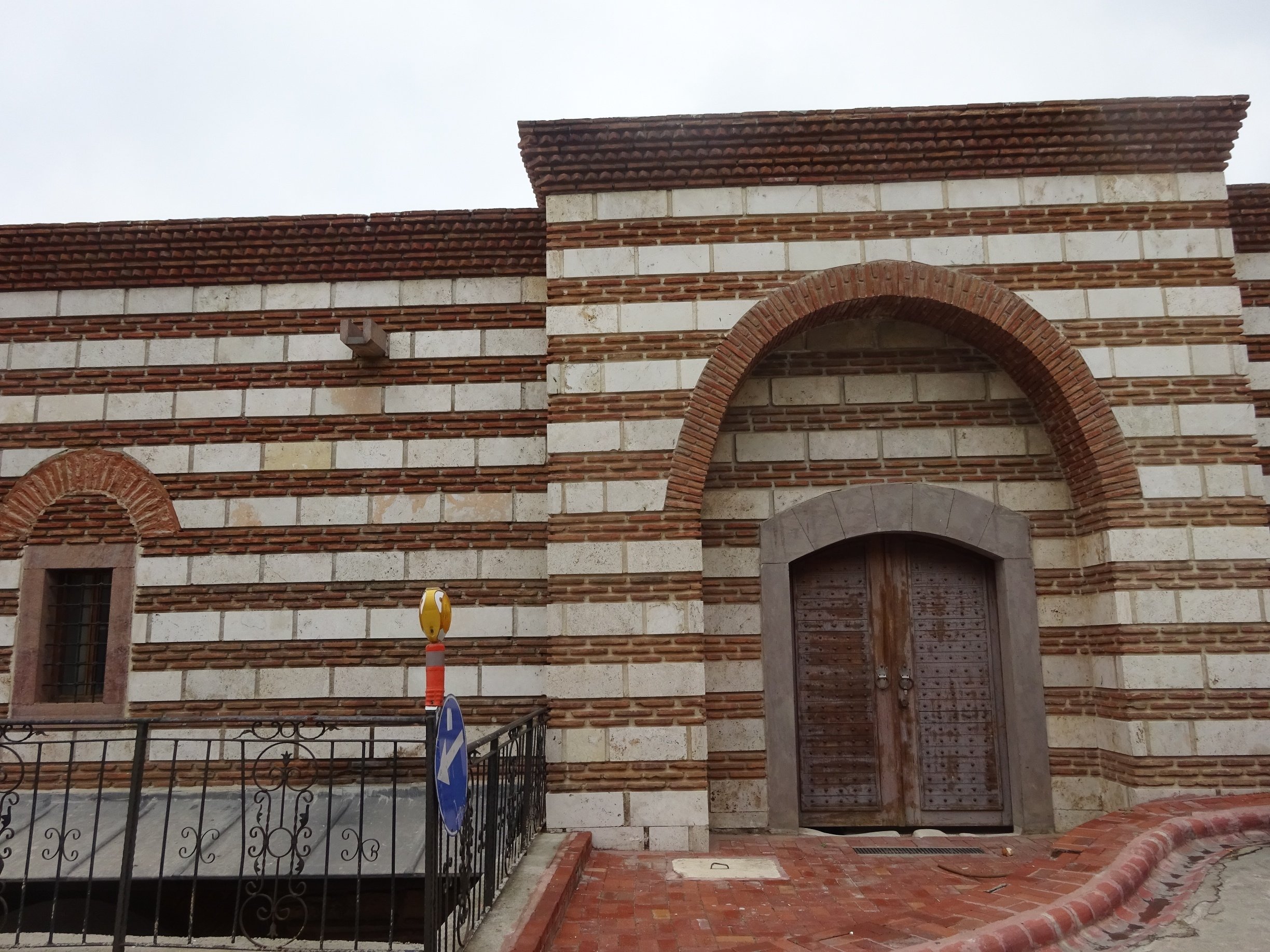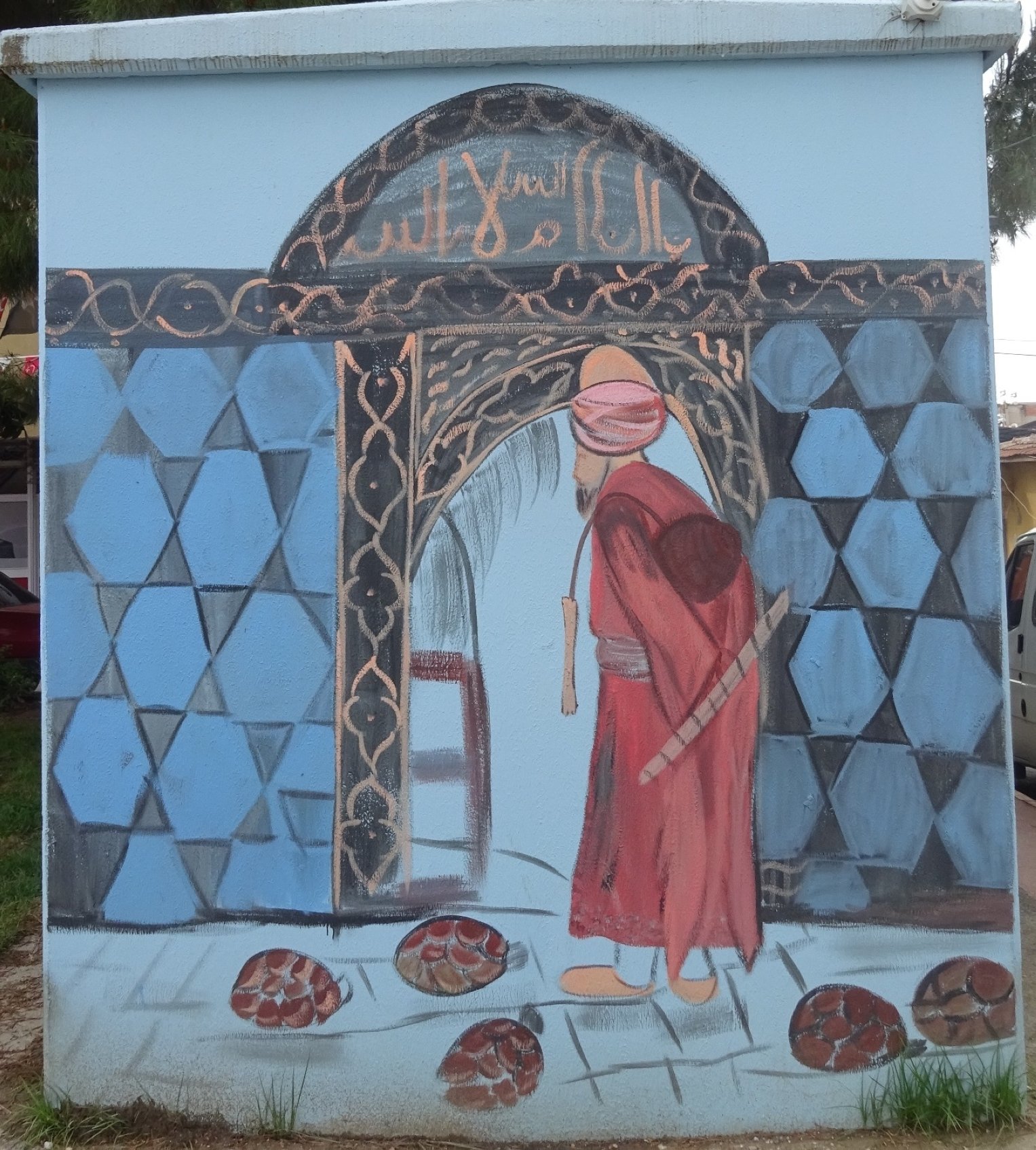© Turkuvaz Haberleşme ve Yayıncılık 2024
"The Fresh Prince of Bell Air" remains, for me, hands down one of the greatest sitcoms of all time. As its name suggests, it is full of light but witty banter, and it has an outstanding cast headed by Will Smith. It is also successful, as many good sitcoms are, in sometimes momentarily switching tone from the humorous to the highly emotive. Furthermore, it was also one of the first black-led sitcoms to achieve success in the American mainstream.
It has not suffered the degree of retrospective tarnishing that has affected the pioneering "The Cosby Show" since the revelations emerged of the reprehensible behavior of its main star.
It is from the upbeat introductory song to "The Fresh Prince" that I either first heard the name of Philadelphia or from which it became most deeply engraved in my mind. It might be more befitting to a person who took an early interest in history if I associated Philadelphia primarily with Benjamin Franklin or its temporary role as the capital of the United States, but for me, its name still conjures up first and foremost, "The Fresh Prince."
Nevertheless, in all senses, it remained the name of an American city until I moved to live in Türkiye. Here I discovered that there is an earlier Philadelphia situated in its Aegean Region. Today called Alaşehir, it was one of the few sites of interest to me in the area that I had not visited until that is earlier this month when I went there for the first time. The reason for the trip was culinary rather than historical in its inception, though. To explain why, some contextualization is now needed.
Geographic places may have symbolic floral connections. In the British Isles, each component nation has its own symbolic flower or plant. For England, it is at least more understandable than its other national symbol of the lion, a species that has not been seen there for at least 12,000 years. After all, roses do actually grow in England, even though they are by no means a flower exclusive to that country. In Türkiye, the symbolic province-plant connection is more intelligible. The symbolism results from the plant being a key crop in the province. Hence, Malatya is associated with its apricots, Amasya with its apples, and the province in which I live, Afyonkarahisar, with its cherries.
It should be noted that Alaşehir is not a provincial city but rather a town in the province of Manisa. Nevertheless, in terms of its population, it surpasses certain other provincial cities such as Tunceli and Bayburt. What matters here though, is that Alaşehir is famed across the entire country for its vineyards. And, these vineyards have a double harvest. The picking of the grapes which marks the beginning of the end of summer is, of course, still some time off from now. But in Türkiye, the leaves of the vines are also harvested, and this occurs in late spring when they are still tender and succulent.
Fresh vine leaves are used to make one of the most delicious dishes in the Turkish culinary repertoire – that of yaprak sarma, which literally means leaf roll, but which is better known in English as stuffed vine leaves.
This is such a popular dish that in May, a visitor to a Turkish market is likely to see stalls with heaps of vine leaves surrounded by eager shoppers. However, my wife has long wanted to go to Alaşehir at precisely this time of year in order to buy up vine leaves at their point of origin, the hope is that the leaves for sale in the town are of better quality than those sent to other markets, and perhaps get a better price into the bargain. I was happy to make the trip because I like yaprak sarma a lot and it would finally give me the chance to see the site of the original Philadelphia.
In preparing for it, I did encounter a couple of disappointments though. I had imagined that the Turkish Philadelphia was like its later American namesake founded as “the city of brotherly love.” However, it proved to be the case, as it often is, that a romantically-inspired idea is falsified by facts. Firstly, I learned that Philadelphia was not the first settlement on the site and secondly that its name derives from the epithet of the second century B.C. Seleucid king Attalus II, Philadelphus, whose proper name has survived in a slightly altered form in the Mediterranean city of Antalya. Nevertheless, this did not dampen my ardor to see Alaşehir, and we set out on our trip on one of its market days, despite a forecast of rain for the earlier part of the day.
My wife whose first ever job was as a secondary school teacher in the town of Eşme in Uşak province, wished us to turn off to take the road through Eşme to Alaşehir as she has fond memories of descending from the Anatolian plateau and seeing a green sea of vineyards spread out below all the way to the horizon, itself reflecting the famed fertility of this area known of since ancient times. The predicted rain was expected to dull this somewhat, but the hope was that something of the general effect would still be felt. The first part of this road out of Eşme proved to be rather gray, but this dullness was offset by the splashes of vermillion of the poppies at the verges of the road. Then, for the first time in my life, I started to see the odd purple poppy. That was very special, as it calls to mind the flower that causes such hilarious havoc in William Shakespeare’s play "A Midsummer Night’s Dream."
As we continued along the road between Eşme and Alaşehir, we soon had an eerie whiteness all around us. Rather than being rained on, we had instead driven right into the heart of an immense bank of clouds that continued for kilometers. At some points, the visibility cannot have been much more than 5 meters (16.40 feet) or so. As such, it was a jolt to the nerves each time the occasional piece of oncoming traffic suddenly sprang into vision as if it had been conjured out of the mist itself.
Indeed, for some time, the visibility was so bad that having dropped speed for safety, all I had to navigate by was the unbroken white line dividing the middle of the road. It was like being led by a white snake that would sometimes capriciously jerk away to the left or the right as the road unexpectedly went around a bend. I feared these conditions would continue all the way to Alaşehir, but eventually, we had descended sufficiently on this windy road to drop out from under the cloud and regain decent visibility. From there the road all the way to Alaşehir was easygoing, but the chance to witness the fields of vines eagle-like from above had been lost.
Once we had reached Alaşehir and parked the car near the train station, we started to walk toward the center, finding that the archaeological and culinary attractions were in close proximity. So, we decided to visit first the ruined Church of St. Jean.
It is in a fenced-off area near the center of the town, and upon entering the compound one is struck by the four hefty columns made of huge blocks of stone that soar up into the sky before beginning their curve in delightful delicate brickwork, although the roof they once held up no longer exists.
Upon going over to stand next to them their sheer size imposed on me even more. This was a surprise to me, as the examples of Byzantine architecture that I have seen either in ruined, reused or preserved state in Türkiye or those still catering to Orthodox believers in neighboring Balkan countries, have invariably been beautiful but delicate buildings that with few exceptions – that of Hagia Sophia being the most prominent – have had a homely rather than the grandiose atmosphere associated with the great Gothic cathedrals of the Western world.
What is more, in historical sites, the ground level for us is invariably not the ground level of the original buildings. As the science writer Luis Villazon so brilliantly puts it, “like the floor of a teenager’s room, cities tend to pile up over time.” A pit at the base of one of the columns revealed this to be true here as well, showing that they would originally have been 4 meters or so higher. The original ceiling must have soared high indeed.
This church is the key ruined site in Alaşehir. Its prominence perhaps belies a historical fact – that is that among the cities of this region, Philadelphia was slow in embracing the new and expanding religion of Christianity in the classical period. Perhaps, as a sort of compensation for this fact, it was also the last of the cities over a millennium later, to be captured by the Turks, whose power in Asia Minor had been expanding, with some minor setbacks, from the consequential Battle of Manzikert (Malazgirt) in 1071 onward. The capture of Philadelphia in 1390 demonstrated Turkish might not only in their taking the city but in the fact that the forces of the Ottoman Sultan Bayezid I were assisted by two rival Byzantine emperors, both of whom were his vassals and compelled to do his bidding. Their subject status symbolizes the dominance of the Ottomans over the Byzantines at this point and presages the final end of the Byzantine Empire at Ottoman hands in the following century.
From here we headed to the market. We had expected it to be a flood with vendors of vine leaves, but initially, we had trouble finding anyone selling them at all. Instead, the market was full of the day-to-day produce required by normal Turkish households, although, upon reflection, this was natural enough. Then, with some wandering through the crowded narrow lanes resplendent with the sights, sounds and smells of a Turkish market, we did manage to discover some vine leaf sellers, their produce neatly stacked in front of them in plastic crates.

Indeed, there was a sufficient number of sellers for my wife to be able to use the prices asked for by one to haggle down those of another. We then left the market loaded with our verdant spoils.
Finished now with vine leaves and having thought that history had been taken care of in the ruined church, we found that in wandering through the narrow streets, Alaşehir still had other surprises to offer. One was in the middle of the town, where we unexpectedly came across the old 16th-century Gedik Ali Pasha Caravanserai, which has been restored and given a second life as a home for small businesses.

Part of its original wall is still evident, and the restoration has augmented it through the use of interspersed levels of light gray stone and pastel-red brick layers. The high projecting portal of the entrance contains an old-fashioned stout wooden door, and in the lower part of the building containing the business premises, the graceful arches had been restored, allowing for almost wholly window frontages, ensuring a welcome influx of light and feeling of airiness to these places inside. I was also pleased to see that the restoration had included the charming water spouts that prevent the flat top of this building from flooding during violent rainstorms. When the original purpose of this building is considered, it demonstrates that visitors were attracted to Alaşehir in the past as well as the present.
Continuing our wanderings, we also got to see a small part of the original walls of Philadelphia, albeit in a bit of a dilapidated condition, which had been breached back in 1390 with the assistance of the two rival Byzantine emperors. It was also a pleasant surprise to find that throughout the town, or at least the parts that we saw, the usually ugly gray oblong metal power substations had had their sides painted sky blue and then colorful murals had been painted onto this background. One element of these murals was a celebration of Turkish art. For example, one mural was clearly a reproduction of "The Tortoise Trainer" by the Ottoman polymath Osman Hamdi Bey, quite possibly the most iconic of all Turkish paintings.

There was also a collection of flora including pomegranates, carnations, and a tulip, all wonderfully stylized in the manner of a traditional pottery painter from Iznik or Kütahya. The history of the city, both in its Byzantine and Turkish manifestations, was proudly depicted in one wall mural, with the columns of the Church of St. Jean placed side by side with an Ottoman mosque.
For the murals though, the themes were not wholly culturally-specific to Türkiye. It was, for instance, a pleasure to see the face of Frida Kahlo transplanted here from her native Mexico. For me, however, the most symbolic were those of the comely young women in dresses of vibrant red and pink joyfully harvesting golden or deep purple grapes from vines with large leaves, some outspread as if hands of welcome, as they provided a reminder of our own reason for being in the town.
A similar iconography was also encountered as we drove out of the town with our bags of vine leaves stuffed into the boot of the car. In the middle of one of the roundabouts to the east of the city, there is a proud muscular statue of a woman grape harvester holding out toward the road a bunch of grapes taken from the basket at her side as if to offer it as a gift of departure to those, like us, leaving for elsewhere.
